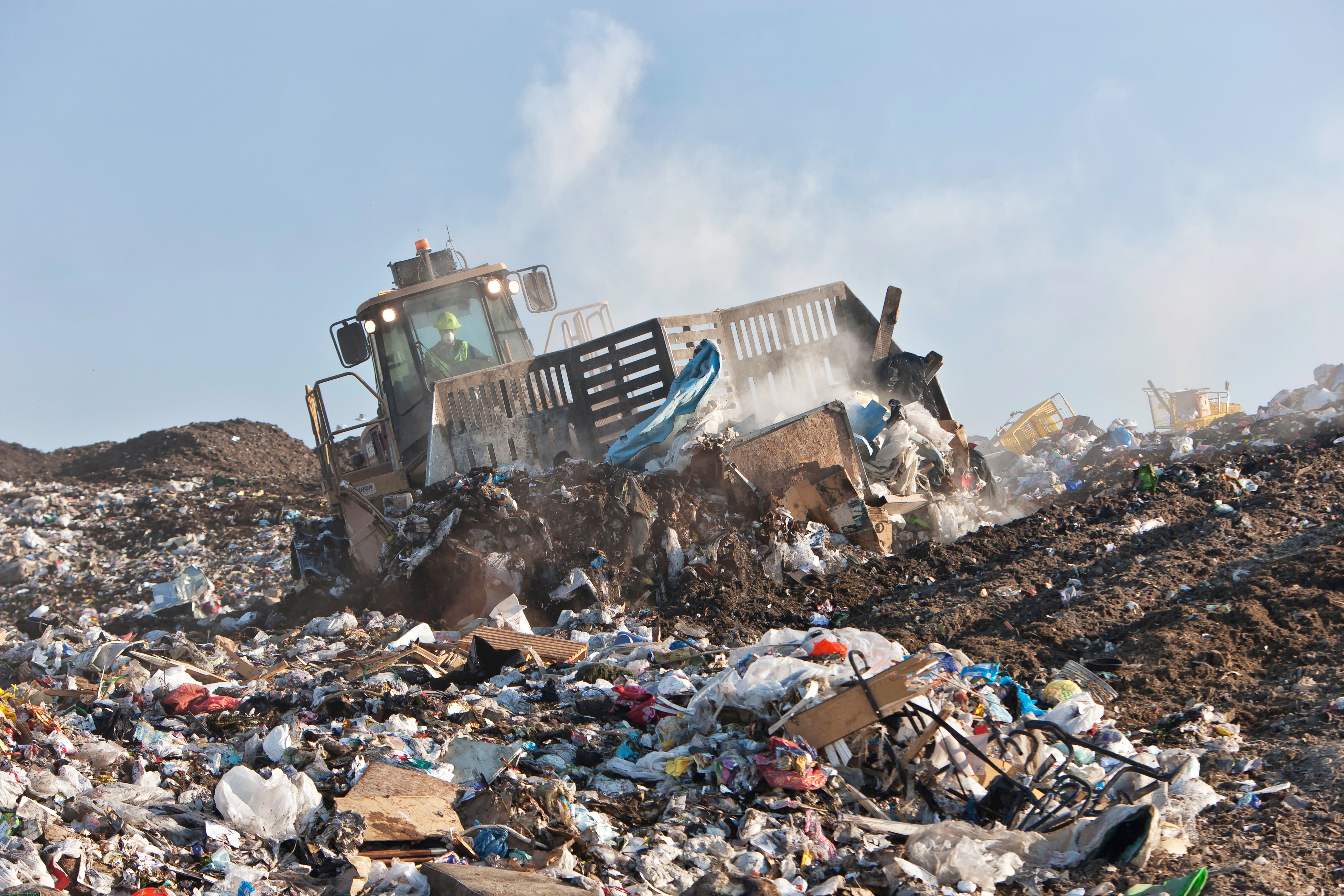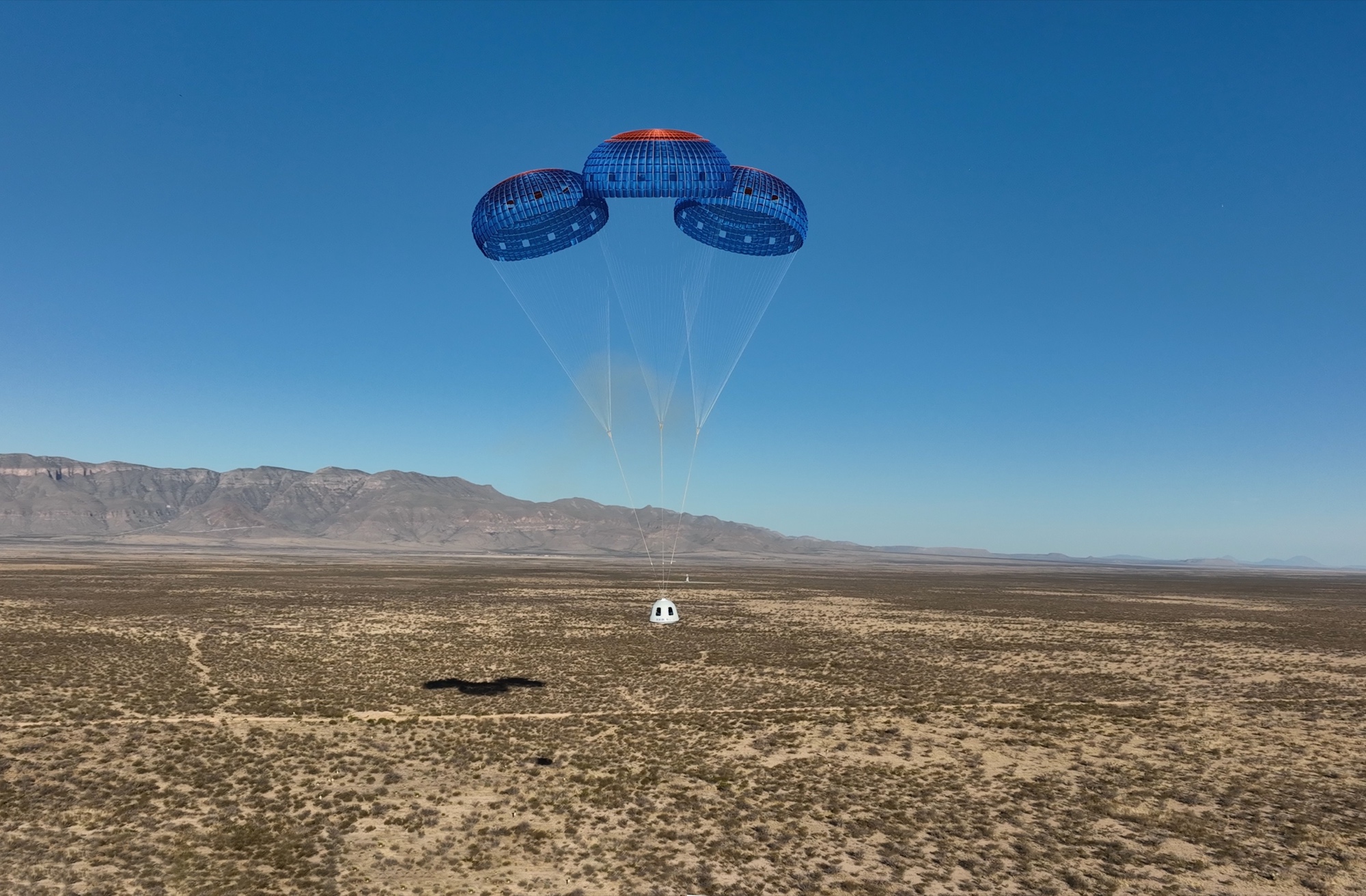
Update 12:53 a.m. EDT: SpaceX launched its Falcon 9 rocket.
After a 24 hour mission delay, SpaceX was able to launch the Starlink 8-2 mission from the company’s West Coast launch pad. The launch followed a successful launch from Florida’s Space Coast earlier Wednesday.
In total, there were 20 Starlink satellites onboard the launch from Space Launch Complex 4 East (SLC-4E) Thursday night. Liftoff from Vandenberg Space Force Base happened at 9:30 p.m. PDT (12:30 a.m. EDT, 0430 UTC). The launch time was pushed back multiple times Wednesday and SpaceX did not give a reason for delaying a day.
The Falcon 9 first stage booster supporting this mission, B1082 in the SpaceX fleet, launched for a fourth time. It previously supported the launches of the USSF-62 mission along with two Starlink flights.
A little more than eight minutes after liftoff, B1082 touched down on the SpaceX droneship, ‘Of Course I Still Love You.’ This marked the 89th landing for OCISLY and the 306th booster landing to date.
The Direct to Cell portion of the Starlink constellation is a fairly recent addition. Prior to this flight, SpaceX has announced the launch of 12 such satellites. This mission will bring that total up to 25 in low Earth orbit.
The mission also exemplifies the pace at which the Western Range is increasing its ability to support orbital flights. The Starlink 8-2 mission will be the 15th launch from VSFB, more than half of what the West Coast Space Force facility supported in all of 2023.
Falcon 9 roars away from pad 39A at the Kennedy Space Center carrying 23 satellites for SpaceX’s Starlink internet service. Watch a replay of our live coverage: https://t.co/pVOdFjpBno pic.twitter.com/3KxvOdcTRw
— Spaceflight Now (@SpaceflightNow) May 8, 2024
Note: This article have been indexed to our site. We do not claim legitimacy, ownership or copyright of any of the content above. To see the article at original source Click Here












![Finviz Stock Screener Review [2021]: You`ll Get Exactly What You Need! thumbnail](https://www.dumblittleman.com/wp-content/uploads/2021/09/Stock-Movies-2.png)
